
How to Avoid Microplastics in your Cosmetics

With the increasing awareness of the damaging effects that plastic is having on our environment, it’s no wonder many of us are intentionally reducing our plastic use-age in our everyday lives. But it’s not just plastic packaging we need to be concerned about. We need to look deeper into the issue and take a look at the ingredients of the everyday products we use, as these may also contain some form of plastic. The cosmetics industry is one of the industries that uses microplastics in their products. Microplastics are polluting our oceans, lands and ecosystems, and potentially causing permanent, irreversible damage to our planet.
So what are microplastics?
I am sure you have all heard of the microbead ban that came into effect in the UK in 2017. These tiny plastic beads were found in products such as shower gels and face scrubs to offer an exfoliating effect on the skin. However, the use of plastic in cosmetics goes beyond microbeads. Microplastics are found in most cosmetics products found on the market, and can be seen on the ingredients labels (Check our list of ‘ingredients to avoid’ below!). Some microplastics are visible to the naked eye, some are as small as 1 µm (micrometre), and others are even smaller than that. You will find microplastics in anything from shower gel, hairspray, sunscreen, and baby products to mascara, lipstick and eyeshadows.
What is the problem with microplastics?
Most of these plastic ingredients contain non degradable polymers, and can take hundreds of years to completely degrade. Due to these microplastics being such tiny particles, it is impossible to collect it for recycling. So when microplastics are present in cosmetic formulations, and washed down the sink after use, we are adding to environmental pollution each time.
There has been consistent evidence that the presence of microplastics is having a detrimental effect on our planet. We know that microbeads were found in the flesh of fish who consumed them, just one of the reasons they were banned. This therefore meant that humans who consume fish have also ingested these microplastics. I’m sure we can all understand that it is not healthy to be ingesting plastic in any form. There is also emerging knowledge that these microplastics are having a toxic effect on the soil we use to grow our crops, as well as drinking water and therefore making their way into the stomachs of livestock and other mammals, including us humans.

Why is plastic in my cosmetics?
Microplastics are used in cosmetics for a variety of purposes, mainly to assist with the feel and finish of the product. For example, silicones are used to give makeup products a slippery, soft feeling that is desirable amongst consumers when applying foundations or primers. They can also assist with the thickness of the product, known as a bulking agent, in order for the product to flow as desired. Check the chart below to decipher the ingredients you will find on the labels of your cosmetics products, and see why they are used in that formulation.
How to avoid microplastics in cosmetics.
With the plethora of natural cosmetics out there on the market, there is now no need to be using products containing microplastics. Natural cosmetics have come such a long way in the last 10 years, and there are some beautiful formulations, colours and textures that contain completely natural, biodegradable ingredients that aren’t having a detrimental effect on our environment, eco systems or land and marine life. To avoid microplastics, the best way to do this is to familiarise yourself with the ingredients in your cosmetics. Refer to the list below to see the ingredients that should be avoided.
Plastic ingredients to avoid in cosmetics.
| Polymer | Function |
| Nylon-12 (polyamide-12) | Bulking, viscosity controlling, opacifying (e.g. wrinkle creams) |
| Nylon-6 | Bulking agent, viscosity controlling |
| Poly(butylene terephthalate | Film formation, viscosity controlling |
| Poly(ethylene isoterephthalate | Bulking agent |
| Poly(ethylene terephthalate) | Adhesive, film formation, hair fixative; viscosity controlling, aesthetic agent, (e.g. glitters in bubble bath, makeup) |
| Poly(methyl methylacrylate) | Sorbent for delivery of active ingredients |
| Poly(pentaerythrityl terephthalate) | Film formation |
| Poly(propylene terephthalate) | Emulsion stabilizing, skin conditioning |
| Polyethylene | Abrasive, film forming, viscosity controlling, binder for powders |
| Polypropylene | Bulking agent, viscosity increasing agent |
| Polystyrene | Film formation |
| Polytetrafluoroethylene (Teflon) | Bulking agent, slip modifier, binding agent, skin conditioner |
| Polyurethane | Film formation (e.g. facial masks, sunscreen, mascara) |
| Polyacrylate | Viscosity controlling |
| Acrylates copolymer | Binder, hair fixative, film formation, suspending agent |
| Allyl stearate/vinyl acetate copolymers | Film formation, hair fixative |
| Ethylene/methylacrylate copolymer | Film formation |
| Ethylene/acrylate copolymer | Film formation in waterproof sunscreen, gellant (e.g. lipstick, stick products, hand creams) |
| Butylene/ethylene/styrene copolymer | Viscosity controlling |
| Styrene acrylates copolymer | Aesthetic, coloured microspheres (e.g. makeup) |
| Trimethylsiloxysilicate (silicone resin) | Film formation (e.g. colour cosmetics, skin care, sun care) |


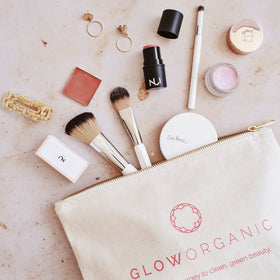
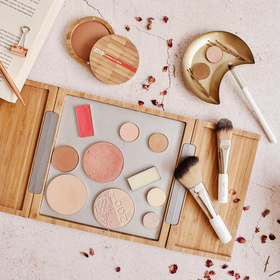
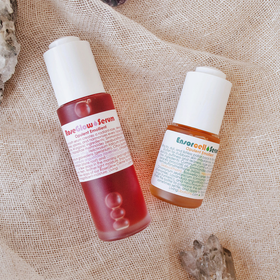
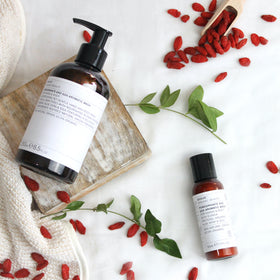
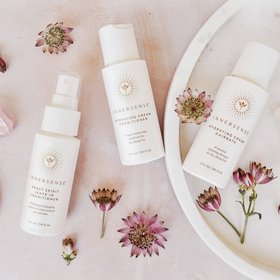
Leave a comment